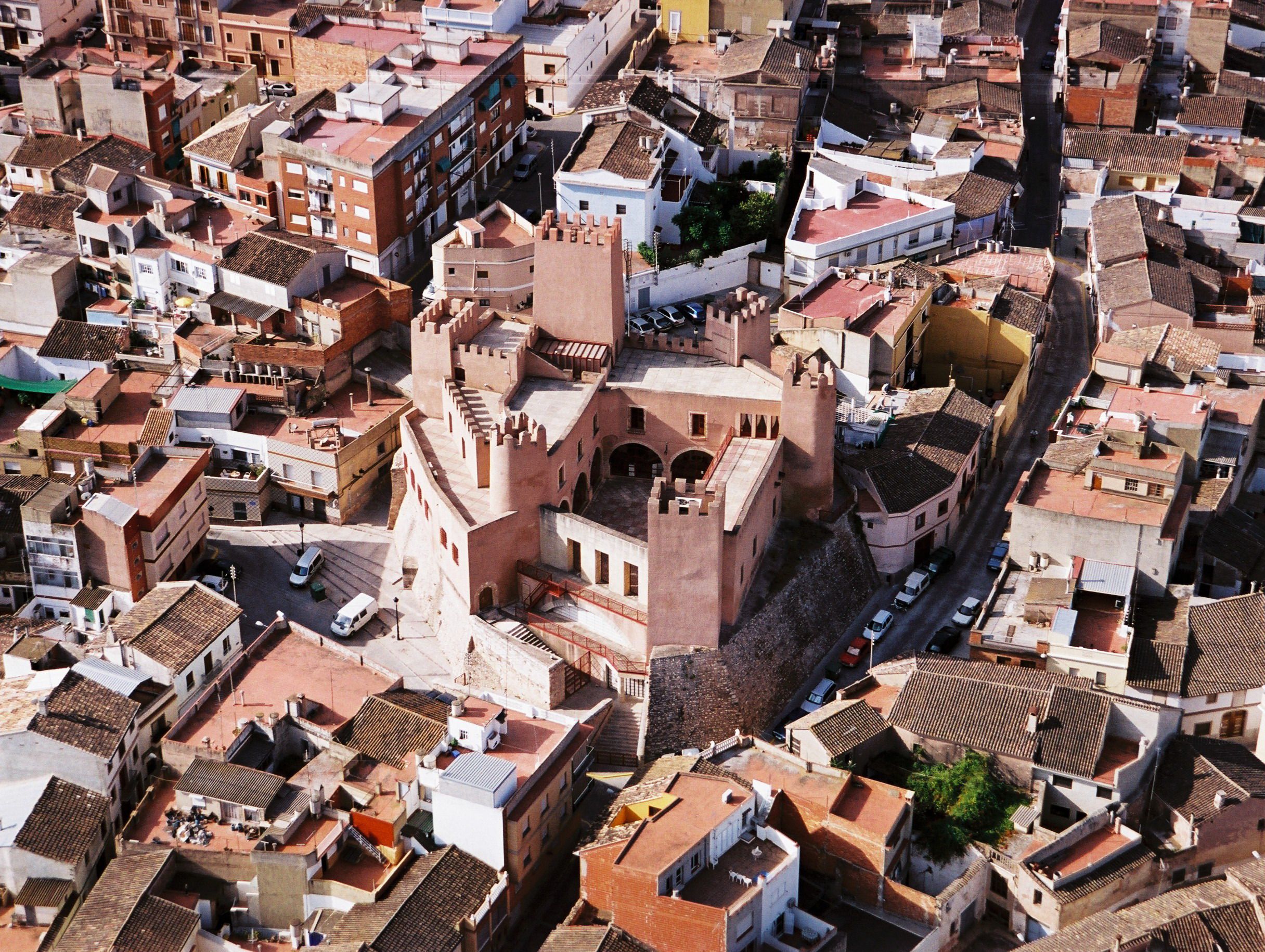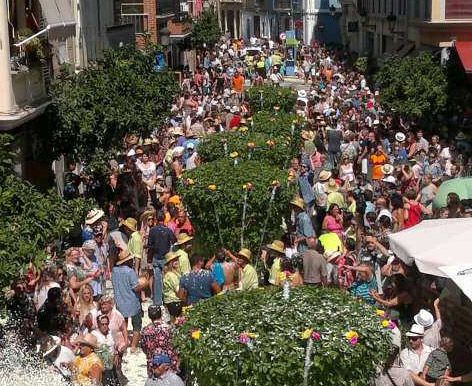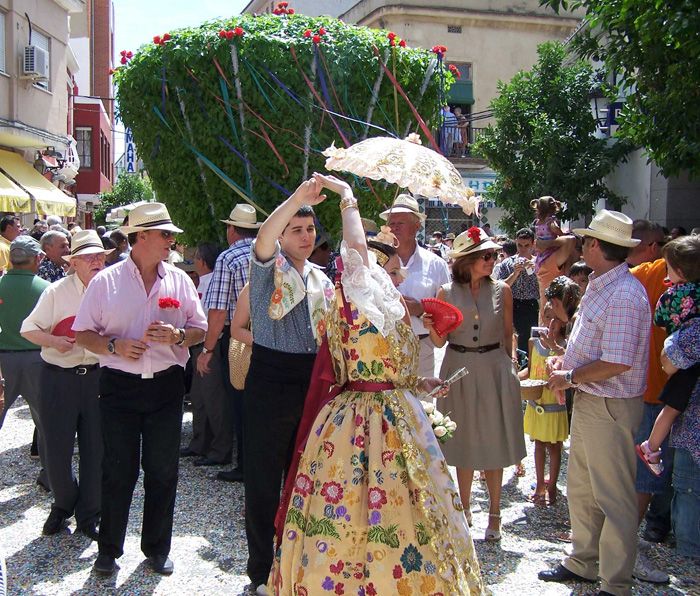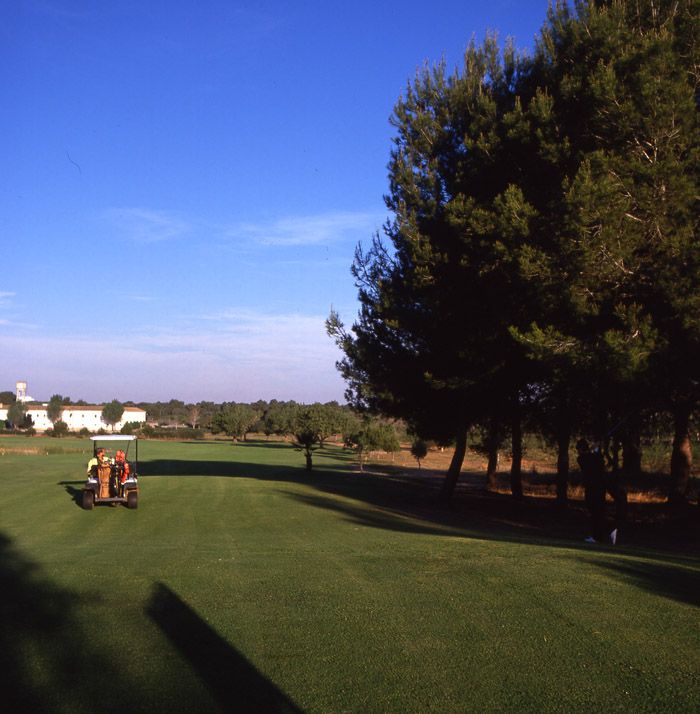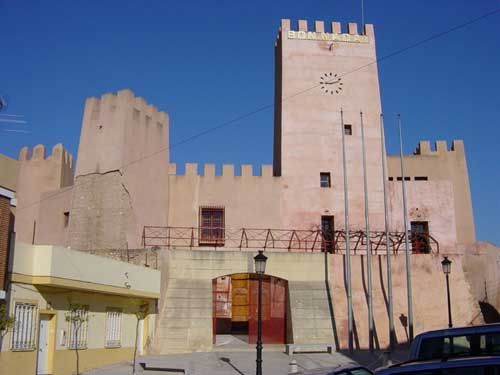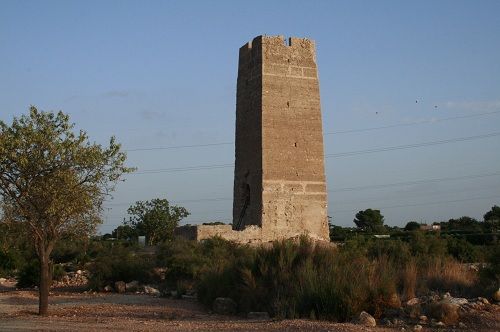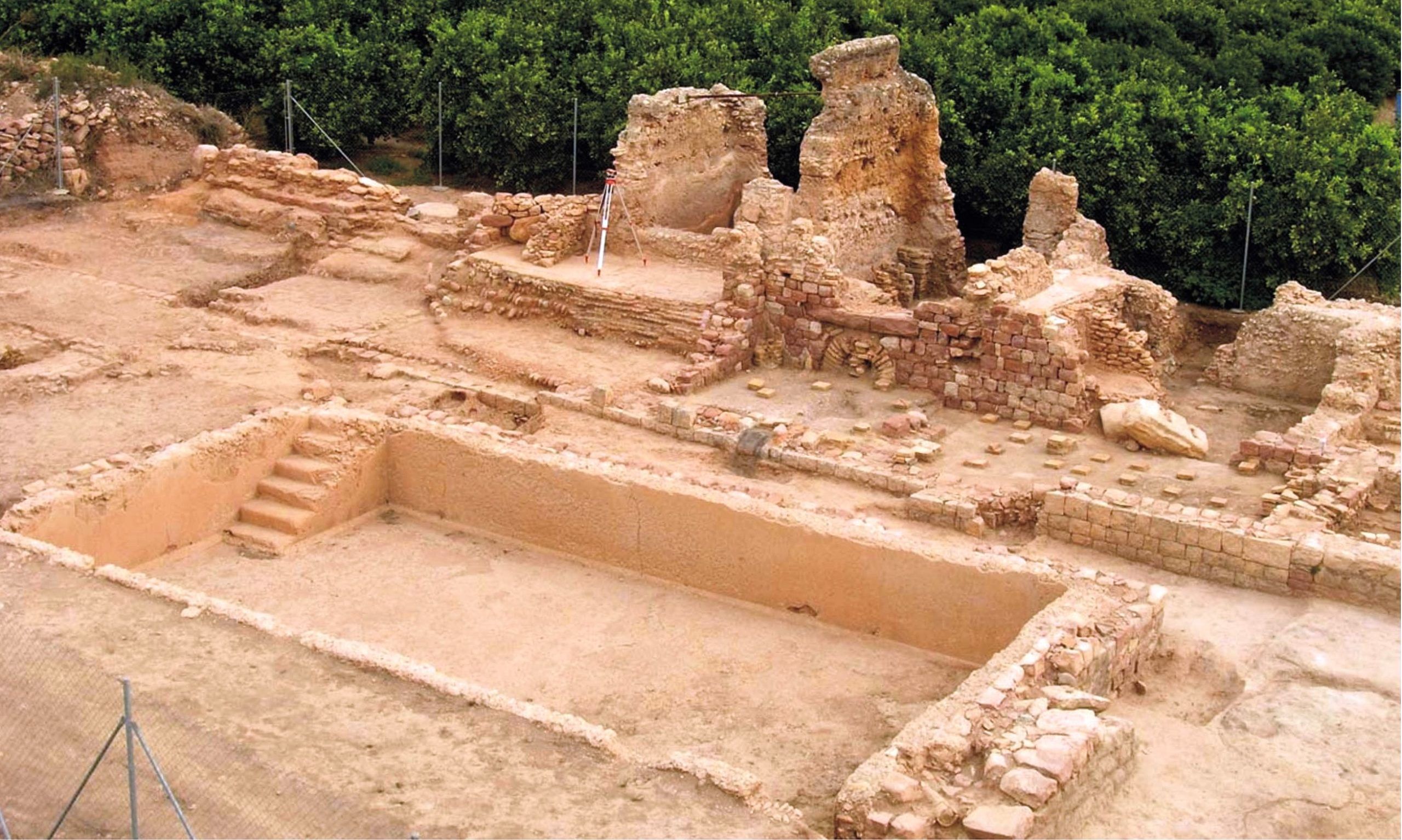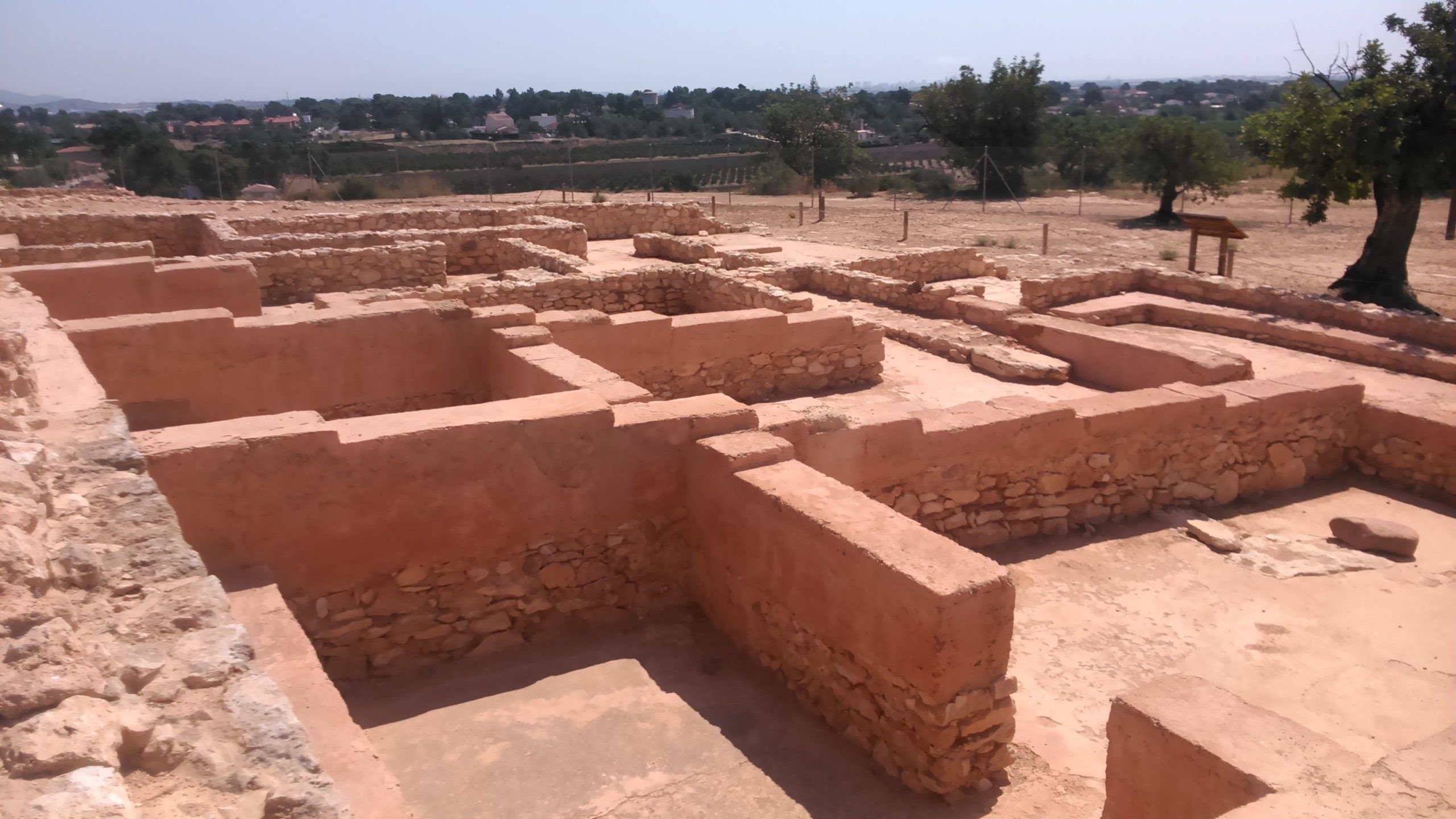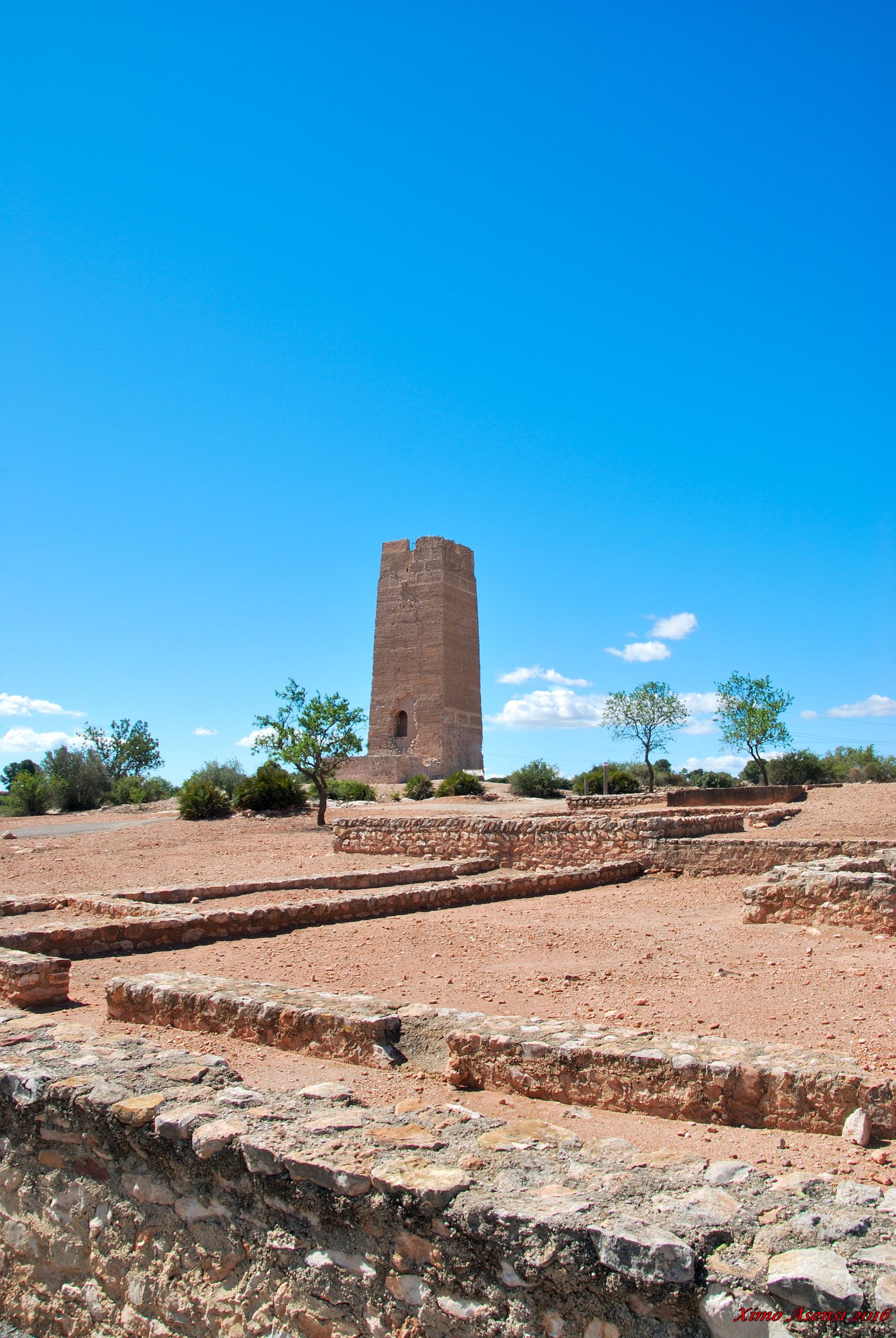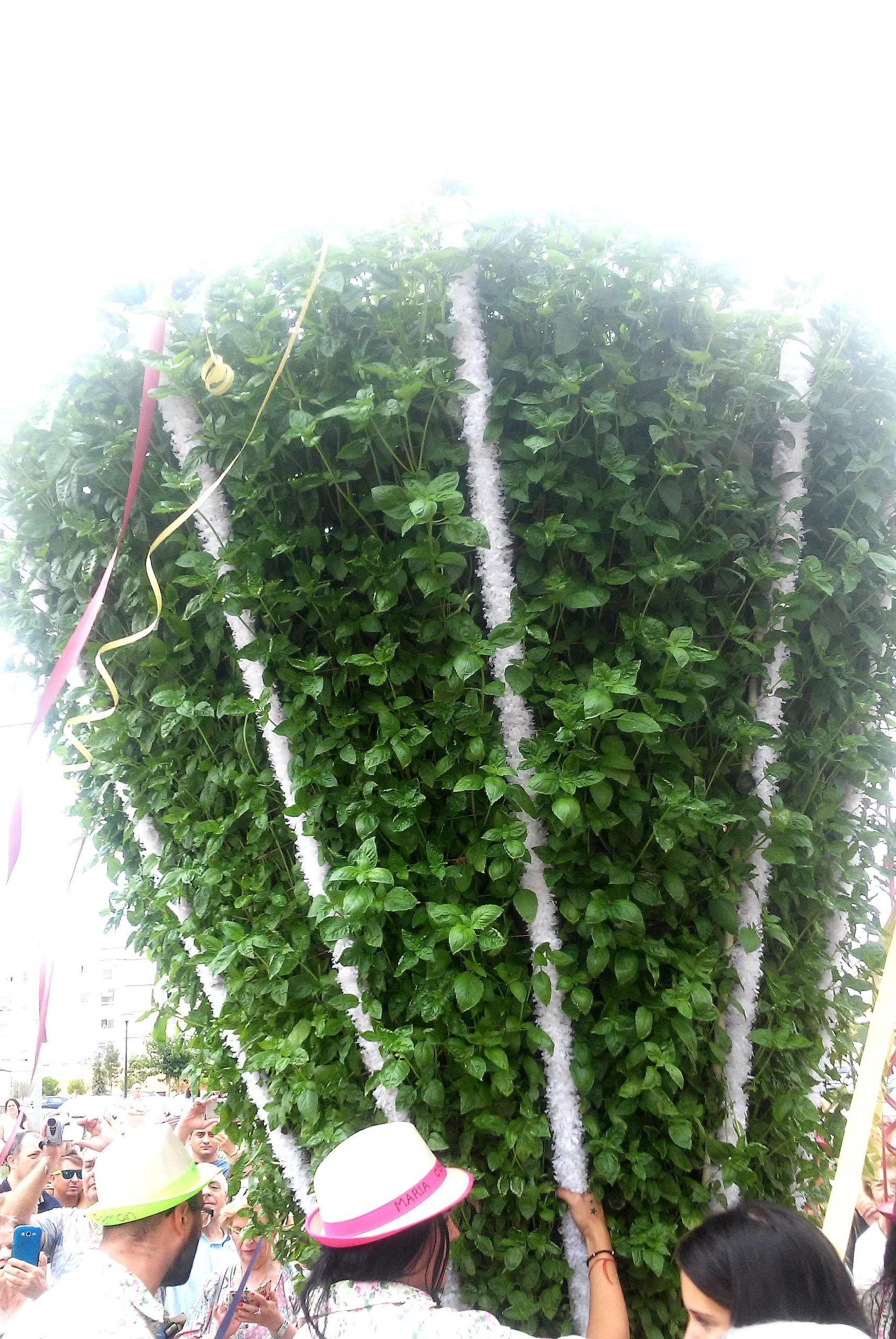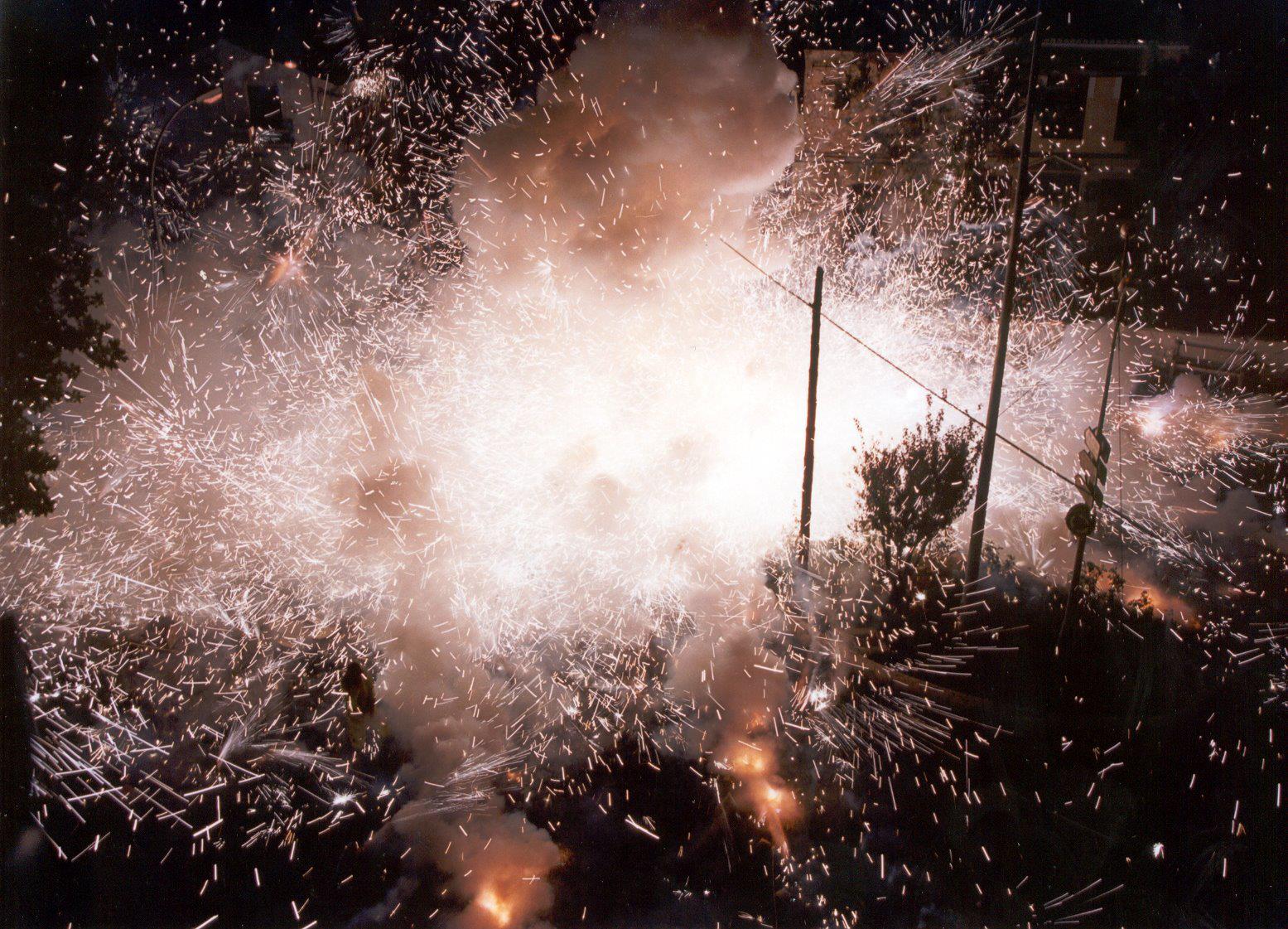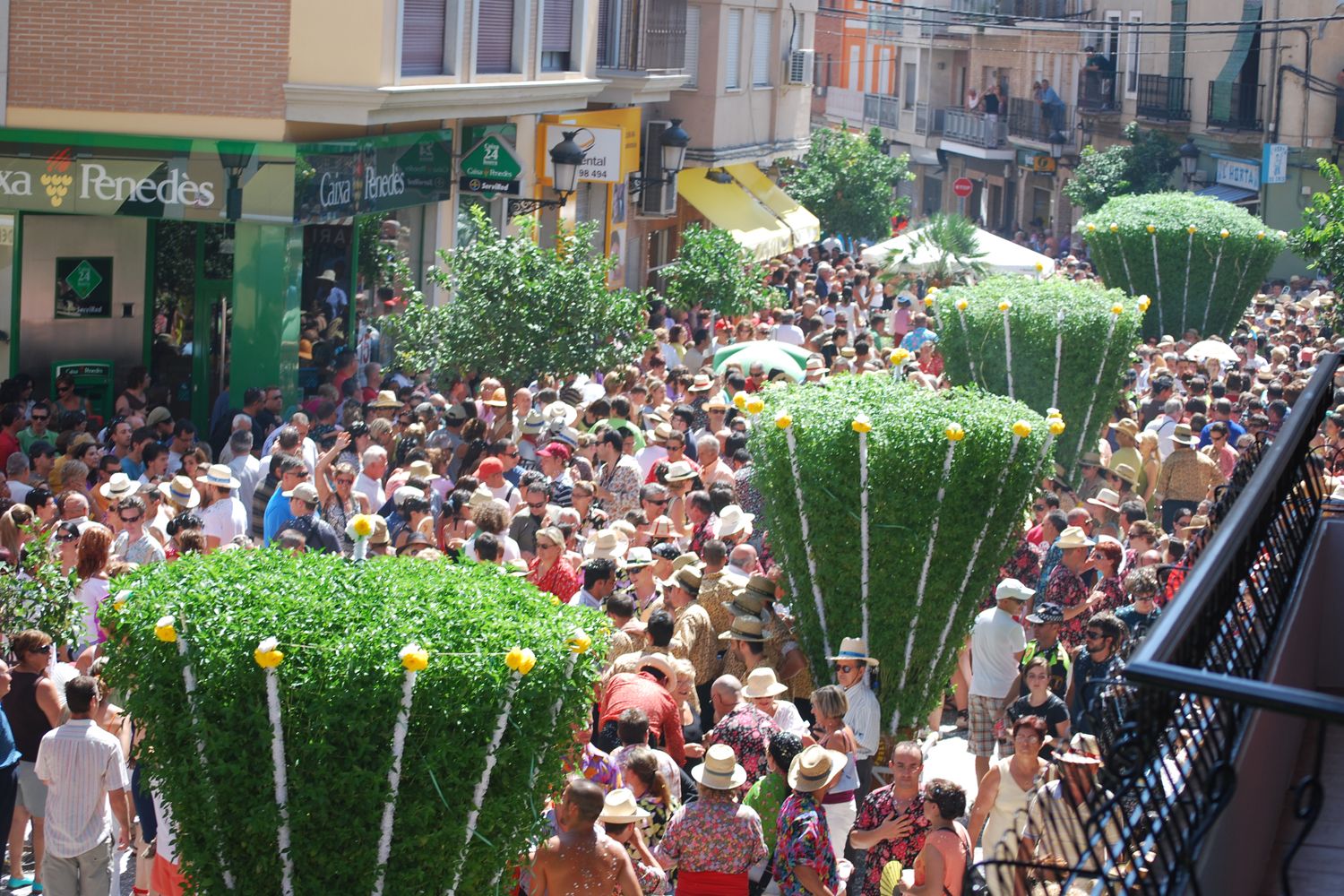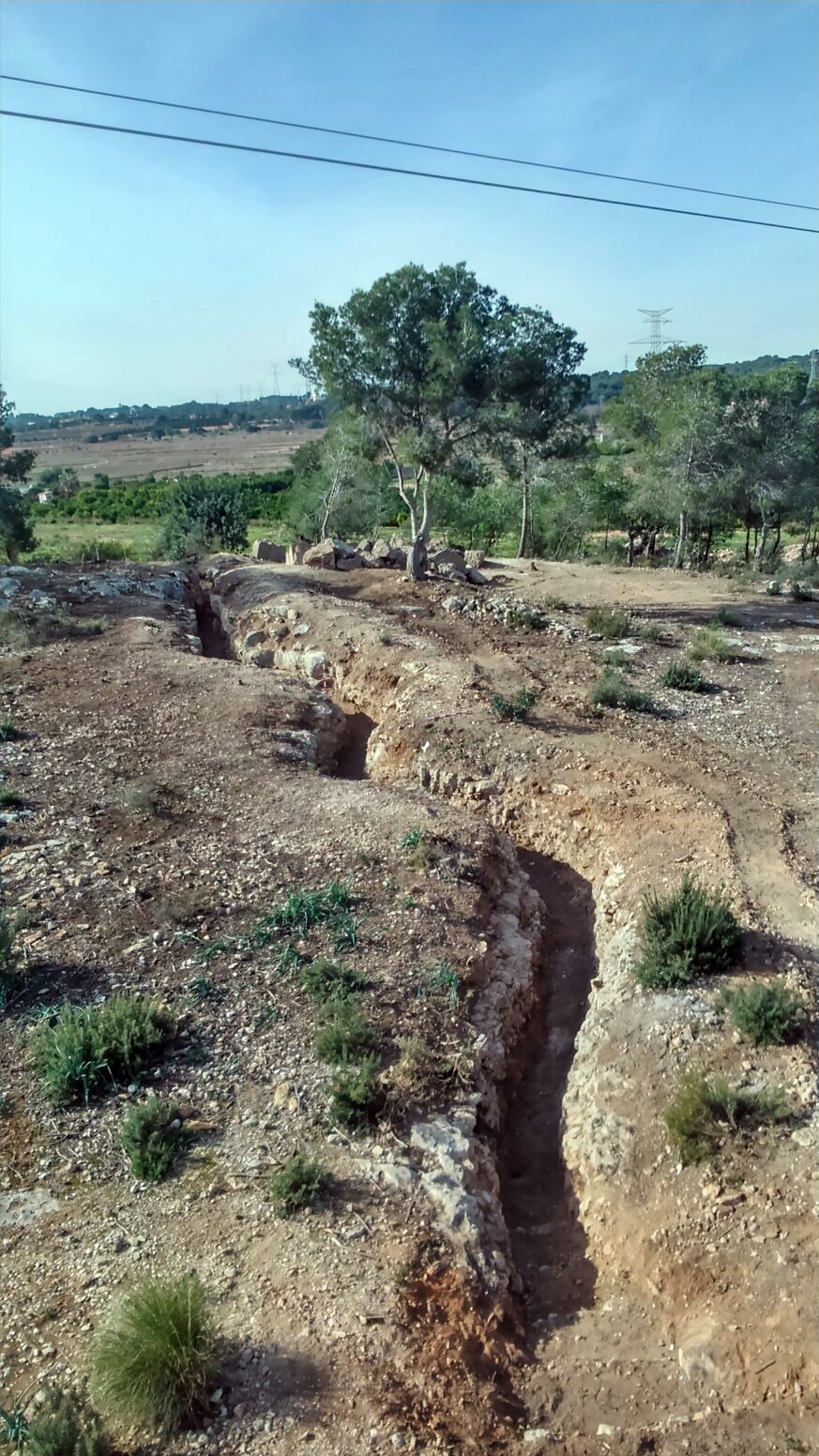Bétera
Bétera has many attractive tourist resources that convert it into, among other things, a Congress Tourism destination. This is especially true given its location near the Valencia Convention Centre and the Valencia Exhibition Centre. Bétera extends to the foot of the Serra Calderona Natural Park, and as such has excellent natural resources that make it apt for the practice of ecotourism. The Route of El Cid (Taifa of Alpuente and Camino de Castilla) is the most important of the routes that exist today.
Residential tourism is popular due to the town’s proximity to Valencia and its natural environment, thus making Bétera a great place not only for holidaying, but also for living all year round.
The municipality of Bétera, which covers an area of 75.67 km2, belongs to the administrative region of ‘Camp of Turia’, located in the province of Valencia. It is located at an altitude of 120 metres and a distance of 18 kilometres from the capital and 23 kilometres from the sea. The municipality has at present 19,935 inhabitants (Data from Population Census at: February 2007). It is composed of a central urban nucleus, Bétera, and various settlements and residential areas spread throughout the municipality.
Gastronomy:
The most popular local dishes are based on rice, and there being many varieties: stews, dry, baked, etc. However, we must not overlook other dishes prepared in Bétera, such as roasts, ham, cheeses and gazpacho.
Bétera is known for its traditional sweets and traditional pastries, as well as its typical desserts, such as “orelletes” and “coques fines”. Local sweets also include doughnuts, sugared almonds and home-made “horchata de chufa”, a sweet drink made from tiger nuts.
Places of interest:
There is a 4-star hotel dedicated to leisure tourism. The Ad Hoc Parque Golf, two rural lodgings, numerous quality restaurants and leisure establishments, such as the Escorpión Golf Club and the Equitecnic Equestrian Centre, which are well-known throughout Spain. All of these facilities convert Bétera into a privileged destination for mid-high level tourists, and for visitors of all kinds.
Bétera’s rich heritage offers a wide range of sites to visit and represents the focal point of the local Cultural Tourism. “Les Coves de Mallorca”, the panels of popular ceramic tiles, “Els Aljubs”, “Els Catxerulos”, the “Tos Pelat” archaeological site, the “Mas de Baró” aqueduct, the “L’Horta Vella” Roman villa, the hamlet of “Bofilla”, “Las Masías”, the castle and the bunkers dating from the Spanish Civil War, together with an extensive religious heritage and the “”Alfábegues” and “Mare de Deu d’Agost” festivities are just some examples of our rich heritage.
Heritage:
– Iberian settlement of Tos Pelat
It was inhabited by the first settlers of Bétera of which we are aware. It was inhabited from the mid-6th century BC until 3rd-century BC, when it was abandoned. Archaeological excavations have so far brought to light an abundance of well-preserved architectural remains, most notably the impressive wall that the settlement.
– Roman villa of l’Horta Vella
The site extends over a large area on the right bank of the Carraixet ravine between fields and irrigation ditches, some of which are Roman aqueducts that have been reused over time. The visible remains, which can be visited, have been identified as part of the thermal baths of the large Roman country villa that apparently existed on the site. The original structure included a spa and pool, which occupies more than 60 m2.
– Torre Bofilla
Torre Bofilla is an abandoned medieval hamlet dating from the Arabic period. It is 14 km from Valencia and 3.5 km from Bétera. It was a settlement that emerged from the defensive requirements of the Taifa of Valencia in the 14th-century. Without having suffered either destruction or fire, we find a Muslim hamlet that is almost intact and which was still inhabited after the Christian conquest.
– The Castle
Bétera Castle is located in the centre of town. Of Arabic origin, its function was to defend the Muslim hamlets in the surrounding areas. There are no surviving remains of the old construction. Bétera Castle, which has been completely renovated, is comprised of four crenellated towers and other detached buildings.
– Panels of tiles
The Valencian ceramics tradition is present in a large number of constructions in Bétera. Most of these ceramic murals date from the late 17th-century to the early 19th-century. They are mostly located on the façades of houses, although in the past such tile panels were also used to capture the image of the patron saint and to represent local guilds, neighbourhoods, hermitages and churches. There are also ceramic murals depicting culinary images, professions, clothing and uses and customs.
Festivities:
“La Festa Major”, known as the “Festa de la Mare de Déu d’Agost“, “Festa de les Alfàbegues” and “Festes d’Agost”, is the most representative of Bétera’s extensive year-round programme of festivities.
“Les festes d’Agost” (August Festivities) begin around noon on 22nd August, when “Obreres” and “Majorals”, the male and female protagonists of the Festivities, respectively, form a parade and knock at the doors of the women chosen. Accompanied by kisses, confetti, applause from the public, firecrackers, music and tears of joy, the “butlleta”, which is the offering to the patron of “Obrera de la Mare de Deu d’Agost”, is delivered. This act is carried out four times, following an established order: first and second the single “workers” and first and second the married workers. These four woman represent Bétera throughout the year and will play the leading roles in the upcoming “Festa de les Alfàbegues“.
